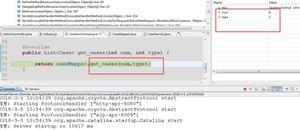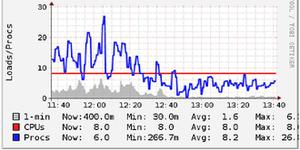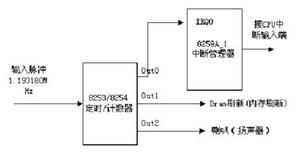Postgres为什么不在简单的GROUP BY上使用索引?
我已经创建了索引的36M行表上type列:Postgres为什么不在简单的GROUP BY上使用索引?
CREATE TABLE items AS SELECT
(random()*36000000)::integer AS id,
(random()*10000)::integer AS type,
md5(random()::text) AS s
FROM
generate_series(1,36000000);
CREATE INDEX items_type_idx ON items USING btree ("type");
我运行这个简单的查询,并期望PostgreSQL一起使用我的索引:
explain select count(*) from "items" group by "type"; 但查询规划决定使用序列扫描来代替:
HashAggregate (cost=734592.00..734627.90 rows=3590 width=12) (actual time=6477.913..6478.344 rows=3601 loops=1) Group Key: type
-> Seq Scan on items (cost=0.00..554593.00 rows=35999800 width=4) (actual time=0.044..1820.522 rows=36000000 loops=1)
Planning time: 0.107 ms
Execution time: 6478.525 ms
时间不解释道: 5S 979ms
我从here和here尝试了几种解决方案:
- 运行
VACUUM ANALYZE或VACUUM ANALYZE - 配置
default_statistics_target,random_page_cost,work_mem
,但没有从设定enable_seqscan = OFF有助于分开:
SET enable_seqscan = OFF; explain select count(*) from "items" group by "type";
GroupAggregate (cost=0.56..1114880.46 rows=3590 width=12) (actual time=5.637..5256.406 rows=3601 loops=1)
Group Key: type
-> Index Only Scan using items_type_idx on items (cost=0.56..934845.56 rows=35999800 width=4) (actual time=0.074..2783.896 rows=36000000 loops=1)
Heap Fetches: 0
Planning time: 0.103 ms
Execution time: 5256.667 ms
时间不解释道: 659ms
查询索引扫描是10倍左右我的机器上更快。
有没有比设置enable_seqscan更好的解决方案?
UPD1
我的PostgreSQL版本是9.6.3,work_mem = 4MB(试过64MB),random_page_cost = 4(试过1.1),max_parallel_workers_per_gather = 0(试过4)。
UPD2
我试图填补型列不是随机数,但i/10000使pg_stats.correlation = 1 - 仍然seqscan。
UPD3
@jgh是100%正确的:
当表的行宽比一些指标
我做了大更广这通常只发生列data,现在postgres使用索引。感谢大家!
回答:
的Index-only scans维基说
重要的是要认识到,计划员关注的是 最小化查询的总成本是非常重要的。使用数据库, I/O的成本通常占主导地位。因此,如果索引为 的查询的计数(*)没有任何 谓词“查询将仅使用仅索引扫描”。这通常只发生在 表的行宽比一些索引的宽得多。当规划器推测该该 将减少I/O的所需的总量,根据其基于成本 不完善建模
和
仅索引扫描仅使用。这一切都严重依赖于元组的可视性 ,如果无论如何都会使用索引(即谓词的选择性等),并且实际上有一个索引可用, 原则上只能用于索引扫描
因此,你的指数是不是认为“显著小”和整个数据集被读取,从而导致在使用NGF的规划者扫描
以上是 Postgres为什么不在简单的GROUP BY上使用索引? 的全部内容, 来源链接: utcz.com/qa/257429.html






